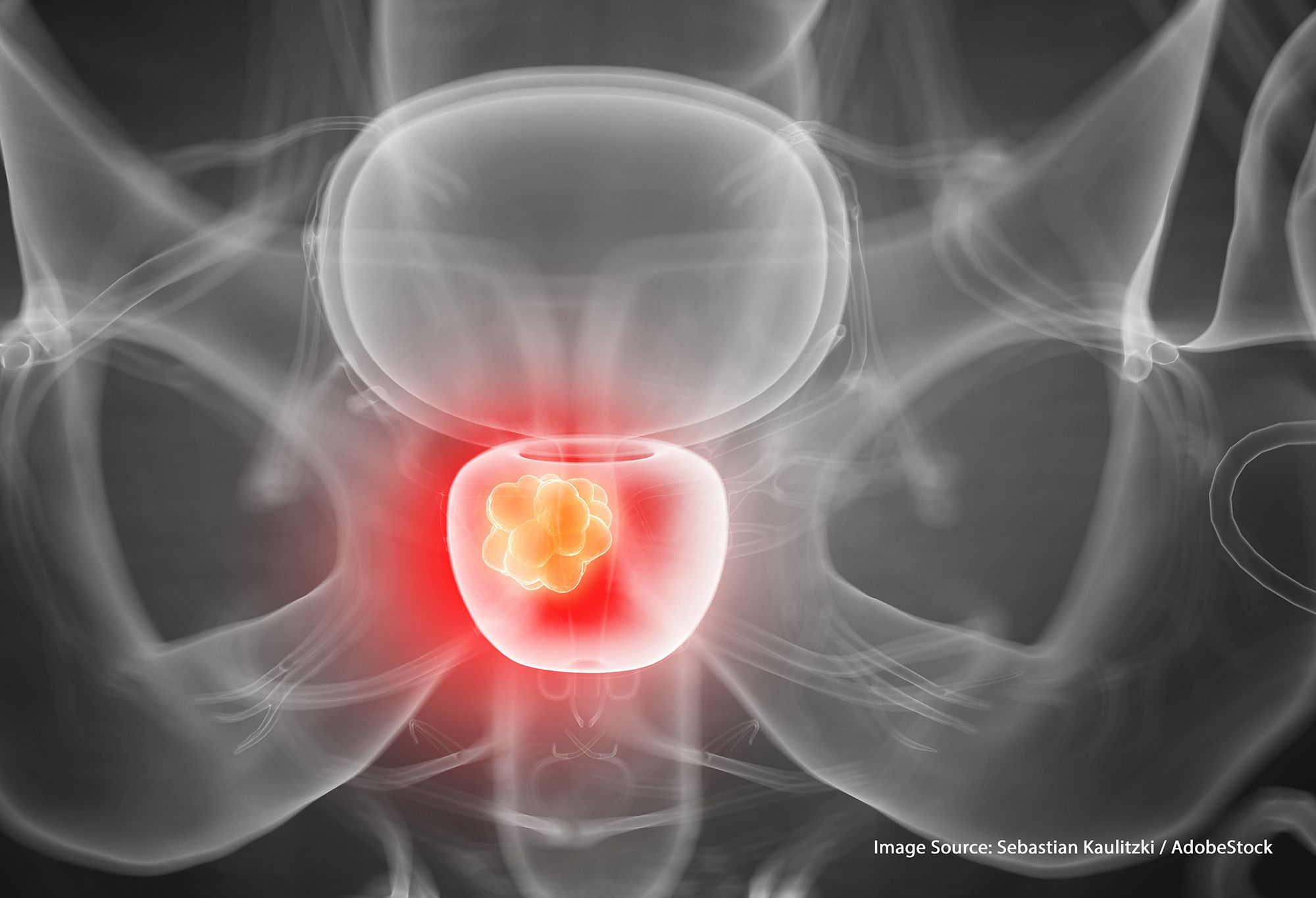Data Support 177Lu-PSMA-617 Vs Cabazitaxel in Metastatic Prostate Cancer
While the overall survival between patients receiving cabazitaxel and those receiving Lu-PSMA-617 had negligible difference, the results of the phase 2 TheraP trial supports the use of Lu-PSMA-617 as an alternative treatment for prostate cancer.
Previous analyses of this study looked into the primary endpoint of prostate-specific antigen (PSA) response defined by a reduction of at least 50% from baseline. The study showed that PSA responses were more frequent among patients in the 177Lu-PSMA-617 arm vs the cabazitaxel group (66% vs 37% P <.0001; 66% vs 44% by treatment received; P = 0.0016). Investigators observed no deaths related to 177Lu-PSMA-617.

Although 177Lu-PSMA-617 (Pluvicto) did not demonstrate a boost in survival vs cabazitaxel (Jevtana) in patients with metastatic castration-resistant prostate cancer who progressed after docetaxel, quality of life appears to be improved overall with the former, according to data from the phase 2 TheraP trial (NCT03392428).1
An analysis of overall survival (OS) at a median follow up of 35.7 months (31.1-39.2) showed that 78% of patients in the experimental arm and 69% of patients in the control arm had died. The restricted mean survival time of the 177Lu-PSMA-617 arm was 19.1 months (95% CI; 16.9-21.4) vs 19.6 months (95% CI; 17.4-21.8; P = 0.77) in the cabazitaxel arm. Median OS was 16.4 months (95% CI; 13.7 to 19.4) in the experimental arm and19.4 months (14.0-21.7) in the control arm (HR 0.97; 95% CI, 0.70-1·.35; P = 0.99).
Despite there being no statistically significant differences in OS between the 2 patient cohorts, when compared with cabazitaxel, 177Lu-PSMA-617 produced a higher prostate-specific antigen (PSA) response rate (66% vs 37%), a higher objective response rate (ORR) per RECIST v 1.1 criteria (49% vs 24%), longer progression-free survival (PFS; HR 0.63; 95% CI 0.46-0.86), fewer grade 3 and 4 adverse events (AEs; 33% vs53%), and improved patient-reported outcomes in the initial analysis of the TheraP trial.2
“In this updated analysis, we show that improvements in these surrogate outcomes did not translate into improved [OS], although the study was not powered for this outcome,” wrote the study authors. “Nevertheless, given fewer grade 3–4 [AEs] and improved patient-reported outcomes with 177Lu-PSMA-617, it is reasonable to conclude that quality of life during treatment was better with 177Lu-PSMA-617 than cabazitaxel. Treatment with 177Lu-PSMA-617 also requires fewer visits and injections than cabazitaxel.”
Investigators of this open-label, randomized phase 2 trial randomly assigned a total of 200 participants 1:1 to receive either cabazitaxel at 20 mg/m² intravenously every 3 weeks for up to 10 cycles or 177Lu-PSMA-617 intravenously every 6 weeks for a maximum of 6 cycles, starting at 8.5 GBq and decreasing by 0.5 GBq each cycle.
Overall, 78% of patients in both arms had over 20 metastases. A majority of these metastases were bone metastases in the experimental arm and control arm (91% vs 89%), with visceral metastases (7% vs 13%) and lymph node disease (7% vs 9%) also being prevalent. Previous treatments in each respective arm included enzalutamide (Xtandi) only (49% vs 57%), abiraterone acetate (Zytiga) only (21% vs 24%), and both agents combined (21% vs 9%). All patients were previously treated with docetaxel, according to eligibility criteria.
Previous analyses of this study looked into the primary endpoint of prostate-specific antigen (PSA) response defined by a reduction of at least 50% from baseline.3 The study showed that PSA responses were more frequent among patients in the 177Lu-PSMA-617 arm vs the cabazitaxel group (66% vs 37% P <.0001; 66% vs 44% by treatment received; P = 0.0016). Investigators observed no deaths related to 177Lu-PSMA-617.
“A strength of TheraP is that it used cabazitaxel, an active treatment that prolongs survival in patients with metastatic castration-resistant prostate cancer, and was deemed the next appropriate standard treatment option for patients recruited to TheraP,” said the study authors. “TheraP provides data that supports the notion that 177Lu-PSMA-617 and cabazitaxel are viable options for the treatment of metastatic castration-resistant prostate cancer.”
References
- Hofman MS, Emmett L, Sandhu S, et al. Overall survival with [177Lu]Lu-PSMA-617 versus cabazitaxel in metastatic castration-resistant prostate cancer (TheraP): secondary outcomes of a randomised, open-label, phase 2 trial. Lancet Oncol. Published online November 30, 2023. doi:10.1016/s1470-2045(23)00529-6
- Hofman MS, Violet J, Hicks RJ, et al. [177Lu]-PSMA-617 radionuclide treatment in patients with metastatic castration-resistant prostate cancer (LuPSMA trial): a single-centre, single-arm, phase 2 study. Lancet Oncol. 2018;19:825–833. doi:10.1016/S1470-2045(18)30198-0.
- Hofman MS, Emmett L, Sandhu S, et al. [177Lu]Lu-PSMA-617 versus cabazitaxel in patients with metastatic castration-resistant prostate cancer (TheraP): a randomised, open-label, phase 2 trial. Lancet. 2021;397(10276):797-804. doi:10.1016/s0140-6736(21)00237-3
Prolaris in Practice: Guiding ADT Benefits, Clinical Application, and Expert Insights From ACRO 2025
April 15th 2025Steven E. Finkelstein, MD, DABR, FACRO discuses how Prolaris distinguishes itself from other genomic biomarker platforms by providing uniquely actionable clinical information that quantifies the absolute benefit of androgen deprivation therapy when added to radiation therapy, offering clinicians a more precise tool for personalizing prostate cancer treatment strategies.